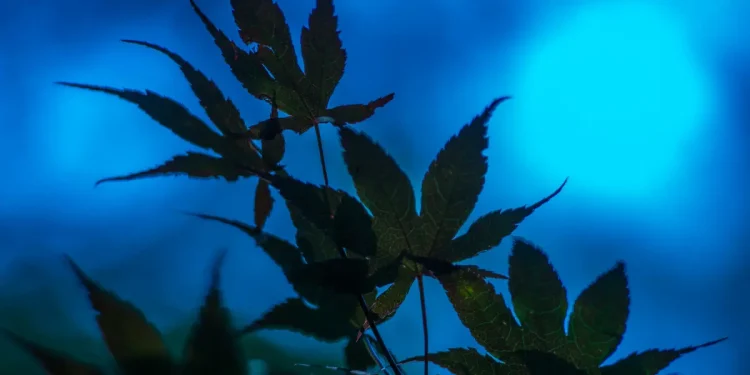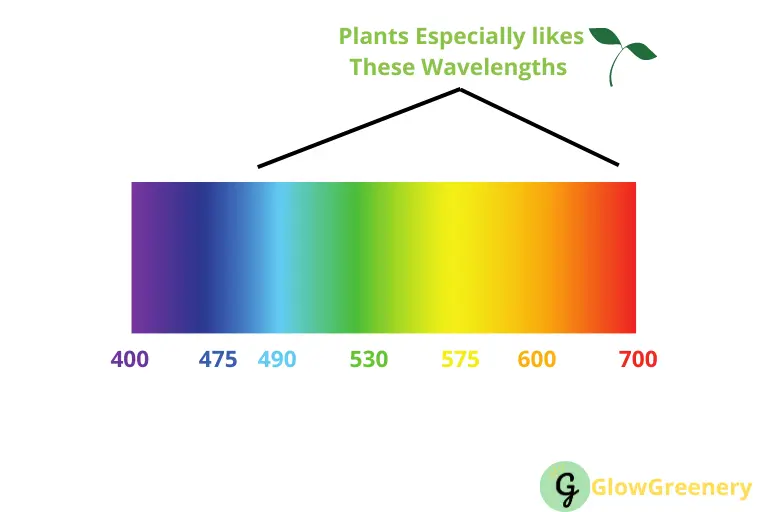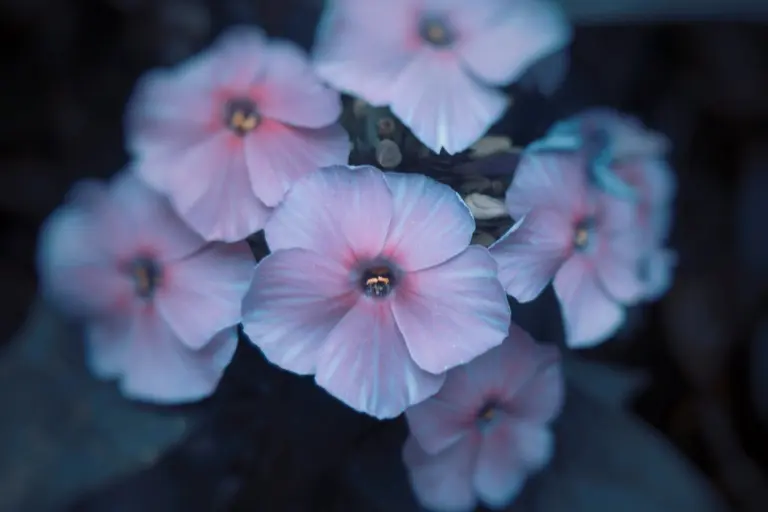Photosynthesis is this amazing process in which plants use sunlight, carbon dioxide, and water to produce energy to keep them going and oxygen as a byproduct.
What we’ve learned in school is that moonlight is a result of the sunlight reflecting from the surface of the Moon. Moon itself doesn’t have the ability to shine or develop light. So technically, it’s still the Sun that is shining. So why wouldn’t plants be able to take advantage of it both during the day and during the night?
Well, plants can’t get all the benefits they can during standard sunlight. That’s because the sunlight reflecting from the Moon’s surface is a lot weaker than the rays flying directly to the Earth. But they might be something left for the plants to use. So put on your favorite pair of sunglasses, as we are going to explore sunlight up close. Let’s take off.
How Photosynthesis Works: A Brief Overview
Just like we need food to survive, plants need energy to grow, thrive and do their thing. And photosynthesis is the way to produce that energy.
Plants have a special green pigment called chlorophyll, which acts like a solar panel, soaking up sunlight. They also take in carbon dioxide from the air through tiny openings in their leaves.
Now, with this sunlight and carbon dioxide in hand, the plant gets to work using a set of chemical reactions. The end result? The plant produces glucose, which is the main energy source for the plant’s survival. And as a bonus, photosynthesis also gives us human something we need – oxygen.
Oxygen is just a byproduct, but plants do use some of it, especially for their own cellular respiration. But plants produce more oxygen than they need for respiration, and the excess oxygen is released into the atmosphere, where it’s crucial for our own survival.
The Sun’s Role in Photosynthesis
When it comes to photosynthesis, the Sun takes center stage. But even something as light (sunlight) is a lot more complex than you can imagine.
The critical components of sunlight that plants crave are visible light and, more specifically, certain colors within the visible spectrum. Sunlight is made up of a rainbow of colors, ranging from red to violet. Within this spectrum, plants have a particular fondness for the colors red and blue.
Now here’s the exciting part: Plants aren’t big fans of green light, so they reflect it back. That’s what is giving leaves their characteristic green appearance. So, while the first color you associate with plants is green, they’re actually doing their best to reject green (at least green light) as much as they can.
Can a Plant Photosynthesize in Moonlight?
While the moonlight is roughly 400,000 dimmer than sunlight, plants can still perform a bit of photosynthesis. But that’s not in the sense of producing glucose and oxygen. So it’s not as efficient or powerful as bright daylight.
Additionally, moonlight lacks those key colors, like red and blue, that plants want for photosynthesis. So, they have to make do with what little light they get, and that’s not enough to produce any significant amounts of glucose. Instead, the plant might use this nighttime photosynthesis to tide itself over until the next sunrise.
Although, there are some plants that possess unique adaptations and pigments that allow them to make the most of the faith moonlight. But more to them in just a moment.
What Science Says about the Influence on Photosynthesis of Moonlight
In preparation for this article, I came across interesting research that examined the effects of moonlight on photosynthesis.
But before we dive into some facts about moonlight and photosynthesis, I found this very interesting. If you ever wondered whether can plants photosynthesize in starlight, then no. For starlight to be sufficient to support at least the minimum levels of photosynthesis, it would require ten million times greater density of stars. Interesting.
The study found that organisms on Earth can indeed sense the solar radiation reflected by the Moon. However, these values are a lot less than the absolute minimum for photosynthesis. However, it still has informational effects on photosynthetic organisms.
That’s what I called “tide over until the next sunrise.” The lack of radiation in the moonlight will tell plants that they should not focus on creating energy and oxygen as a byproduct. Instead, plants enter a state of dormancy, where they slow down their metabolic activities and converse energy. When the Moon replaces the Sun in the night sky, the lack of sunlight triggers changes in the plant’s internal clock, called the circadian rhythm.
Plants that Thrive in Moonlight
The botanical world is wildly diversified, and we can find some fascinating botanical night owls that have evolved to thrive under the moonlight.
One group is composed of nocturnal bloomers. That’s a group of plants that only bloom at night. The most known flower from this group is probably the moonflower or Night Phlox
Some plants with silvery or light-colored foliage, such as certain types of irises and lamb’s ear, have evolved to use the moonlight to their advantage and have a better ability to gather what little light is available during the night. Similar to some ferns and fungi, that grow deep in forests or dense jungles and adapted to take any minimal light they can get.
Why Moonlight is still Significant for Photosynthesis
While moonlight might not be sufficient to support full photosynthesis, it can still fairly affect plant’s processes and also plant’s growth.
Moonlight has evident effects on the plant’s circadian rhythm. But there is also emerging evidence that moonlight can support plants’ growth and healing process.
Some studies have found that sap flows more as the Moon becomes full, which can stimulate the development of side shoots and encourage growth. Also, the water content inside the plant can vary up to 10% between the days just before the full Moon and the week before the new Moon.
This may be surprising, especially when you consider that moonlight is just a fraction as strong as sunlight. Surprising is also the fact that researchers don’t have a real explanation for these effects. One hypothesis tries to explain the effects of tide-like gravitational force. But it seems to have something to do with electromagnetic effects.
Conclusion
Plants are not able to gather enough energy from moonlight to photosynthesize. That’s mainly for two reasons. One, moonlight is roughly 400,000 dimmer than sunlight. And secondly, as the sunlight gets reflected from the surface of the Moon, it loses nearly all red and blue colors from the light spectrum, which are very important for photosynthesis.
But moonlight is still especially important for the circadian rhythm of all living organisms, including plants. Additionally, there’s emerging evidence that moonlight can affect other processes in plants and support the growth and healing process.













